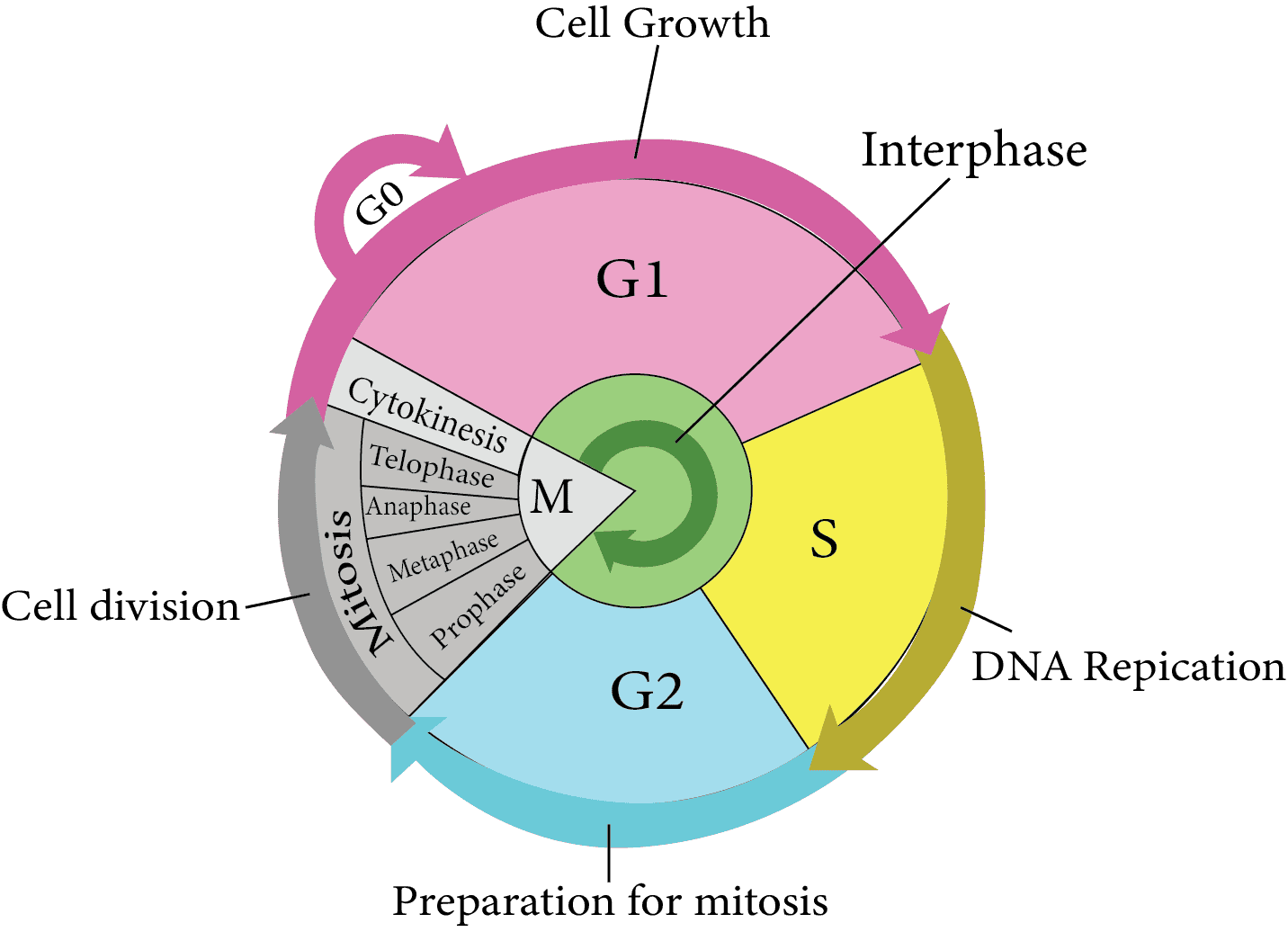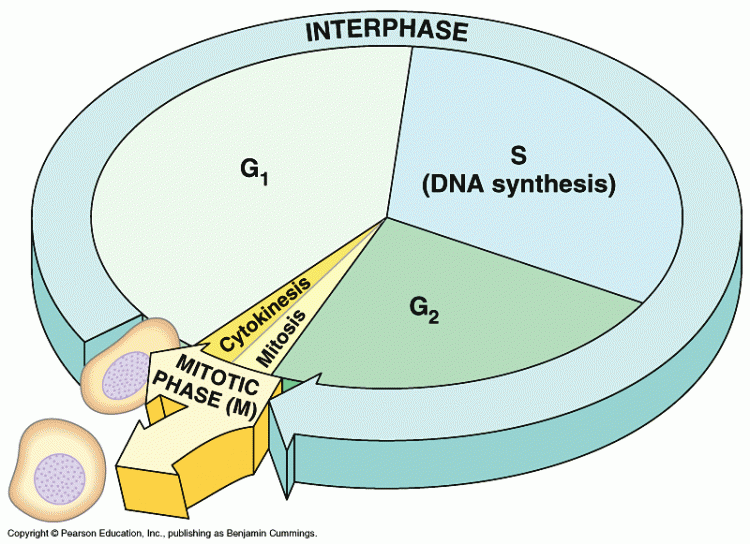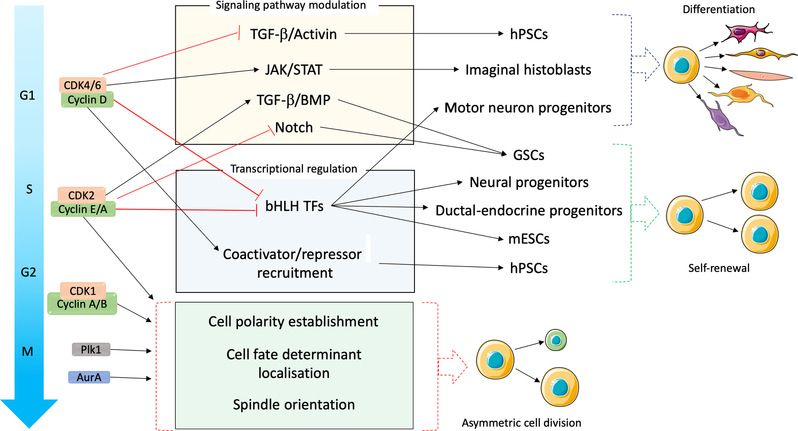Cell Cycle and Cell Division NEET Notes for 2024 Biology Diagrams Furthermore, FACS analyses showed that sorted FUCCI-hESCs express pluripotency factors homogenously (95% Oct-4+ cells) independently of their cell cycle, whereas differentiation markers such as Sox1 (<1%) or Sox17 (<4%) were expressed in a small fraction of cells distributed equally in the different phases of the cell cycle (Figures S1D and S1E The mechanisms that separate these two states are illustrative as to why the links between cell cycle and differentiation factors are so important. Both states downregulate core cell cycle factors such as CYCLIN-B1, -E2 and -A2 and rely on the activities of cyclin-dependent kinase inhibitors and P53. Keywords: Cell cycle, Differentiation, Neurogenesis, Proneural, Central nervous system. Introduction. During development of the central nervous system (CNS), a period of extensive proliferation is needed to generate the required number of progenitor cells for correct tissue and organ formation. This must be accompanied or closely followed by

The core cell cycle machinery operating in the cell nucleus orchestrates cell division. The key components of this machinery are proteins called cyclins that bind, activate and provide substrate specificity to their associated catalytic partners, the cyclin-dependent kinases (CDKs) 1-4.Cell cycle progression can be divided into four phases: gap 1 (G1), DNA synthesis (S), gap 2 (G2) and

The cell cycle in stem cell proliferation, pluripotency and differentiation Biology Diagrams
A distinct cell cycle redeploys many canonical cell cycle regulators to control the differentiation of multiciliated cells, with the transcription factor E2F7 playing a pivotal part in this As cells differentiate, their rate of proliferation usually decreases, and most cells in adult animals are arrested in the G0 stage of the cell cycle. A few types of differentiated cells never divide again, but most cells are able to resume proliferation as required to replace cells that have been lost as a result of injury or cell death. In

Under normal circumstances, cell proliferation will occur through the four stages of cell cycle that includes G1 phase, S phase, G2 phase, and the M phase. Before looking at these steps in detail, it's important to understand some of the controls that regulate cell proliferation. Cells that no longer divide following cell differentiation In other cases, however, cell-cycle progression appears to be required for the further differentiation of some cell types. There are also examples in which cell cycle and differentiation seem to be controlled at the same level and progress rather independently from each other or are linked by the same regulator or pathway. Furthermore Mechanistic insight in the temporal coordination between cell cycle exit and differentiation has come from studies of cells in culture and genetic animal models. As initially described for skeletal muscle differentiation, temporal coordination involves mutual antagonism between cyclin-dependent kinases that promote cell cycle entry and
